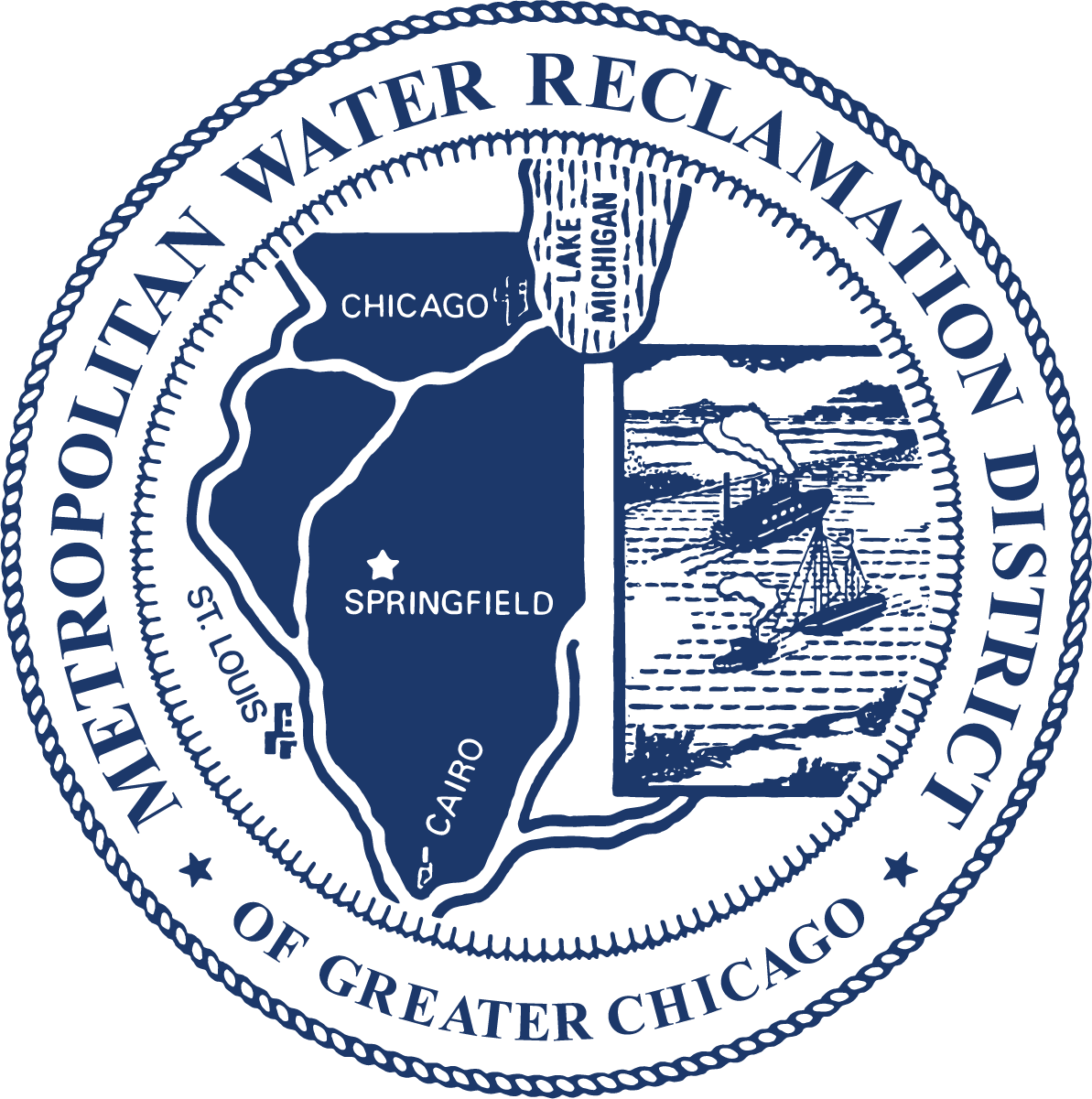Understanding Your Sewer
Follow the flush
Water flows from your home through a private lateral pipe into the sewer beneath your street. Your municipality owns and maintains the small neighborhood sewer or local sewer on your street. Local sewers flow into larger MWRD intercepting sewers. The MWRD intercepting sewers flow to MWRD water reclamation plants, where the water is cleaned and released to waterways.
Combined sewers
Most sewers in the Chicago area carry a combination of sanitary sewage and rainwater from storm drains in the same pipes. These combined sewers were built before wastewater treatment technology existed and were originally designed to flow straight into waterways.
When the MWRD built water reclamation plants to clean sewage in the early 20th century, we also built intercepting sewers to carry the water to our plants to be cleaned.
Separate sewer systems
Newer communities in the MWRD service area have a different type of sewer system. In separate sewer systems, sanitary sewage flows through one set of pipes to MWRD intercepting sewers, while stormwater drains through storm sewers that empty to waterways. Find out what kind of sewer system you have.
Combined sewer overflows
More water can enter the local combined sewers in heavy rainfall than can be cleaned at the WRPs. When this happens, water stops flowing into the intercepting sewers. The local sewers follow their original course and overflow to waterways. Combined sewer overflows (CSOs) are a problem because they pollute waterways and also increase the risk of overbank flooding by adding extra water to the river.
Tunnel and Reservoir Plan (TARP)
As more of the Chicago region was paved and developed in the 20th century, more rainwater was directed into sewers, and CSOs became an increasing problem. By the 1960s, sewers would overflow into waterways an average of 100 days yearly. The Tunnel and Reservoir Plan (TARP), or Deep Tunnel, was designed to capture water that would otherwise overflow into the river in huge tunnels and vast reservoirs. Water is held in TARP until after the rain passes. Then, it is pumped to water reclamation plants to be cleaned.
Three places for water in sewers to go
In combined sewer systems in the MWRD service area, water from neighborhood sewers has three places to go:
- It normally flows into an MWRD intercepting sewer and goes to a water reclamation plant to be cleaned.
- In heavy rainfall, the water flows past the MWRD intercepting sewer and falls into a TARP tunnel.
- If TARP fills up, the sewer follows its original course and overflows to a waterway.
What if TARP is full?
TARP has a huge capacity at currently 11.5 billion gallons, but in rare instances, the system can fill up. If TARP is full, though, sewers can still overflow to the river as they did before TARP was built.
Basement backups
Basement backups can have many causes, but they are often due to rainwater entering the local sewer faster than it can flow through it. Sewers have a maximum flow rate; if water enters faster than that rate, it won’t be able to move through them. Water levels then rise, potentially flooding streets and basements. Because of increased development, most local sewers are required to carry much more water today than they did when they were first built.
Obstructions or damage to your home’s private lateral can also contribute to basement backups.
Since the causes of backups are often far upstream, basement backups or street flooding can happen even when there is plenty of extra room for water in MWRD interceptors and TARP.
Find out what to do during flooding
What about the locks?
The navigation locks and other controls on the Chicago Area Waterway System (CAWS) are not part of the sewer system. The MWRD uses waterway controls to manage water levels in the CAWS within limits. In rare instances when heavy rains have caused the river level to be higher than the lake, we are able to release water to the lake to prevent overbank flooding.
Download Understanding Your Sewer: English • Español • Polish
Preventing backups
The MWRD works with municipalities and communities to prevent basement backups and street flooding. The MWRD and municipalities regularly inspect, maintain, and clean sewers to ensure they are operating properly. We partner with municipalities on green infrastructure projects designed to absorb and hold rainwater where it falls, and we provide local sewers with three places for the water to go. You can help reduce flooding and protect water quality, too!

Tunnel and Reservoir Plan (TARP)

You Can Help Prevent Flooding and Protect Water Quality

What You Should do During Flooding
